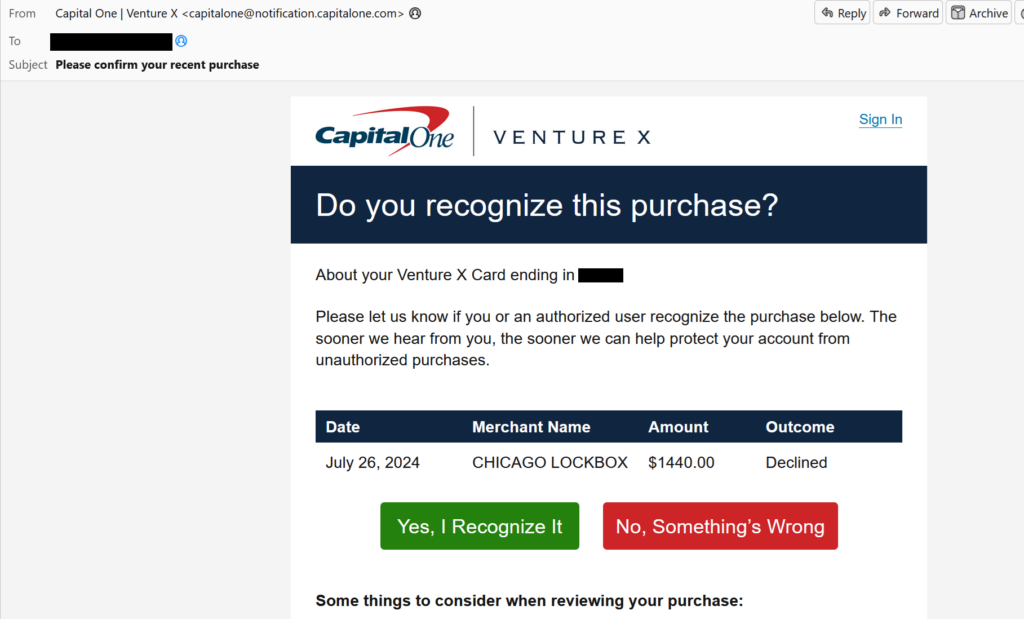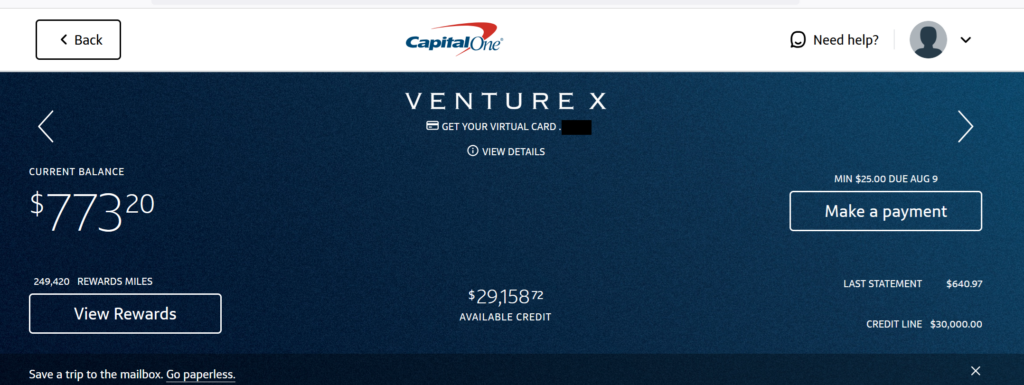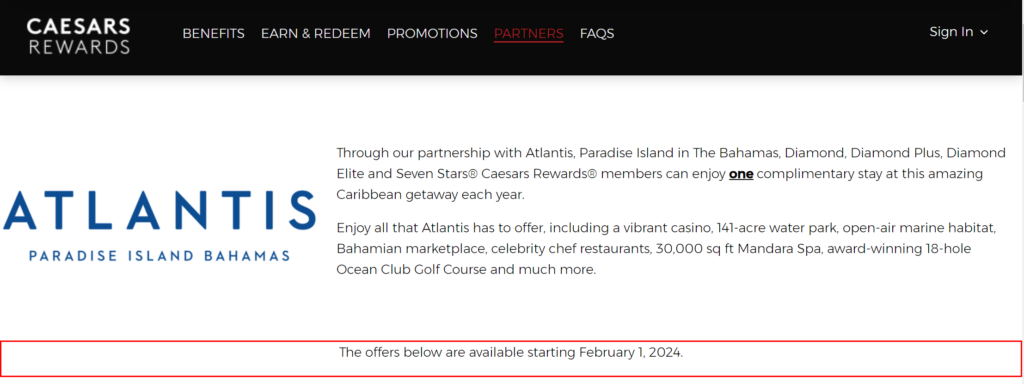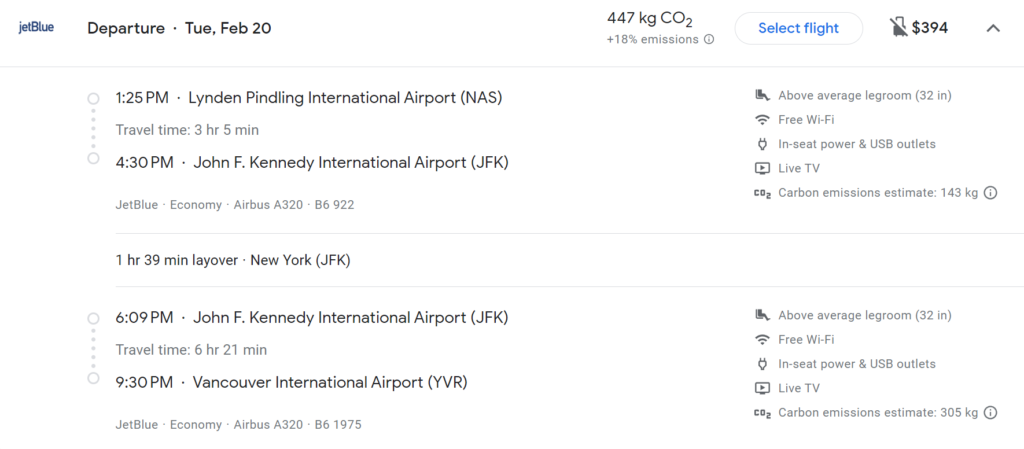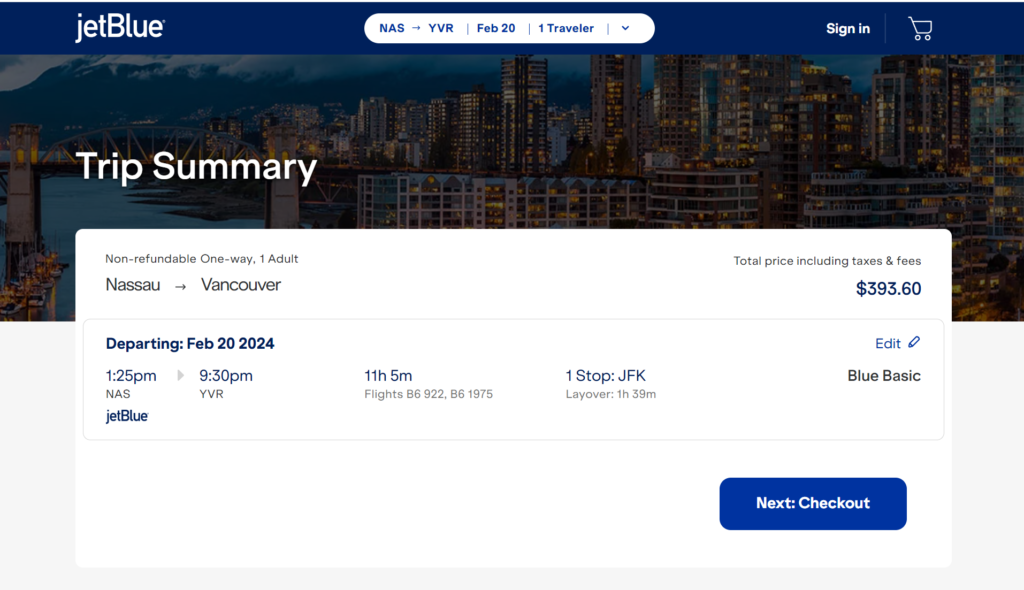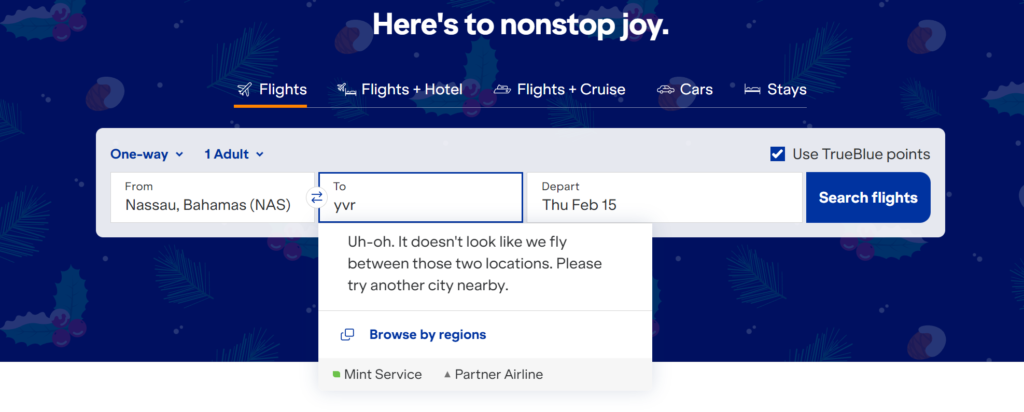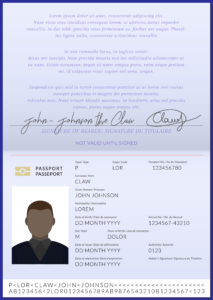I got a breezily worded letter in the mail yesterday from Citi. “You may not have gotten a copy of the ThankYou Terms And Conditions when you signed up for your card,” it said. “Don’t worry, there’s nothing you need to do.” The letter included a link to the ThankYou rewards terms page which didn’t really show anything obviously untoward. There was a section on shutting down accounts for suspected fraud which seemed fairly aggressive, but banks tend to be aggressive about fraud, so this wasn’t exactly a surprise. And Citi hasn’t been a bad actor in this regard (unlike Amex).
Well, that all changed today. Citi announced a devaluation of ThankYou points, effective 7/27/2025 (at least they gave some advance notice, unlike most airline programs). The following transfers are being devalued:
- 1,000 ThankYou Rewards Points are transferable for 800 Emirates Skywards points (20% devaluation)
- 1,000 ThankYou Rewards Points are transferable for 700 jetBlue TrueBlue Points (30% devaluation)
- 1,000 ThankYou Rewards Points are transferable for 1,400 Choice Privileges® Points (30% devaluation)
- 1,000 ThankYou Rewards Points are transferable for 700 Wyndham Rewards® Points (30% devaluation)
This seems kind of … random? Emirates, jetBlue, and Wyndham Rewards are some of Citi’s least valuable transfer partners. Choice Privileges used to be somewhat valuable, and sometimes still is for niche redemptions, but they have been devaluing the program like crazy.
So far, if you have a Citi Strata Premier, it looks like only Emirates is being devalued. The other programs don’t appear to be (yet). However, it’s hard to say whether this is an oversight or what, because it’s Citi we’re talking about. They’re consistently inconsistent.
Will this really amount to much? It’s hard to say. Airlines have been devaluing their points, but apart from HSBC, banks haven’t really gotten in on the game yet. Instead, bank points have been effectively devalued because of all of the devaluations of their transfer partners.
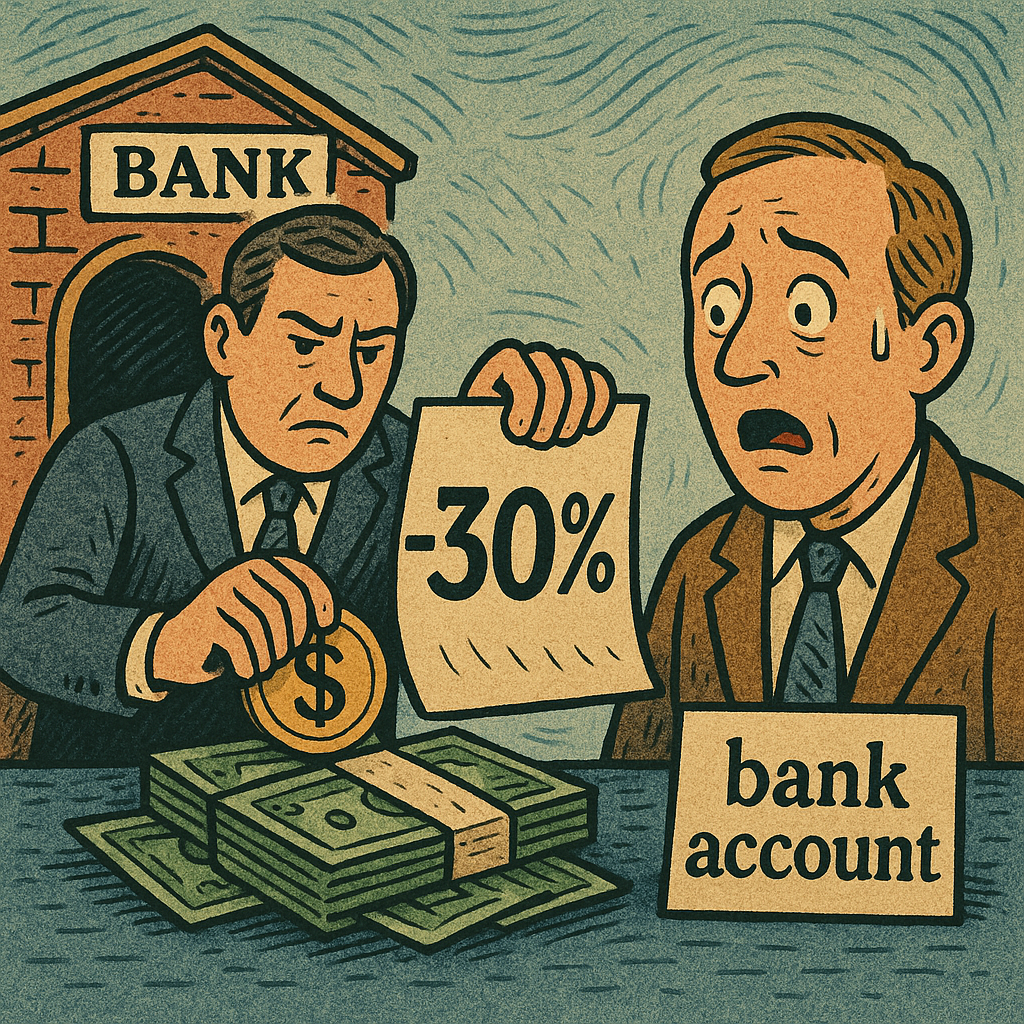
I think this sets a bad precedent. Banks don’t devalue money in your bank account, why should they devalue your points? People keep their points with a bank program because these programs have been relatively stable and predictable, with a floor value of at least one cent per point. There are even transfer bonuses when transferring points into certain programs, which has somewhat helped to offset devaluations.
That being said, I’ll be re-evaluating my participation in the Citi ecosystem. I have been putting all of the spend I reasonably can through Citi cards in order to earn ThankYou points. However, if the value of these are going down, there’s a lot less reason to participate. After all, I can effectively earn Choice points at the existing ratio in the new Wells Fargo program, using the same card pairing of a 2% cashback card (which is convertible to transferable points) with a travel rewards card (the Wells Fargo Autograph Journey). There aren’t as many airline transfer partners, but I have spent most of my Citi points on hotels anyway. Given Citi’s $95 annual fee, I’m thinking of dumping my cards with them and switching to Wells Fargo’s program instead. It’s relatively hard to earn Citi points (there aren’t opportunities for huge transfer bonuses like with the other issuers) and the only really good transfer partners other than Choice are the I Prefer and EVA programs. If I had the ability to earn a ton of points through spending, the card product would be more attractive, but we try to avoid spending actual money over here at Seat 31B. So, it’s a complicated decision. Mine will probably be “churn and burn” though – Citi is already setting the precedent of devaluing your points in the bank, so doing more of it will likely prove irresistible.





